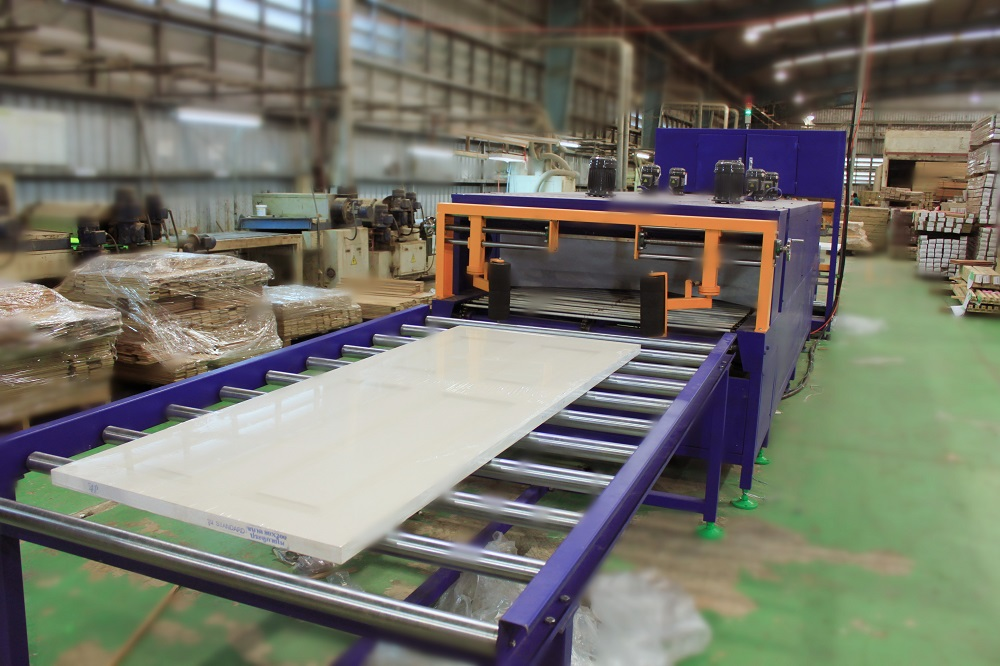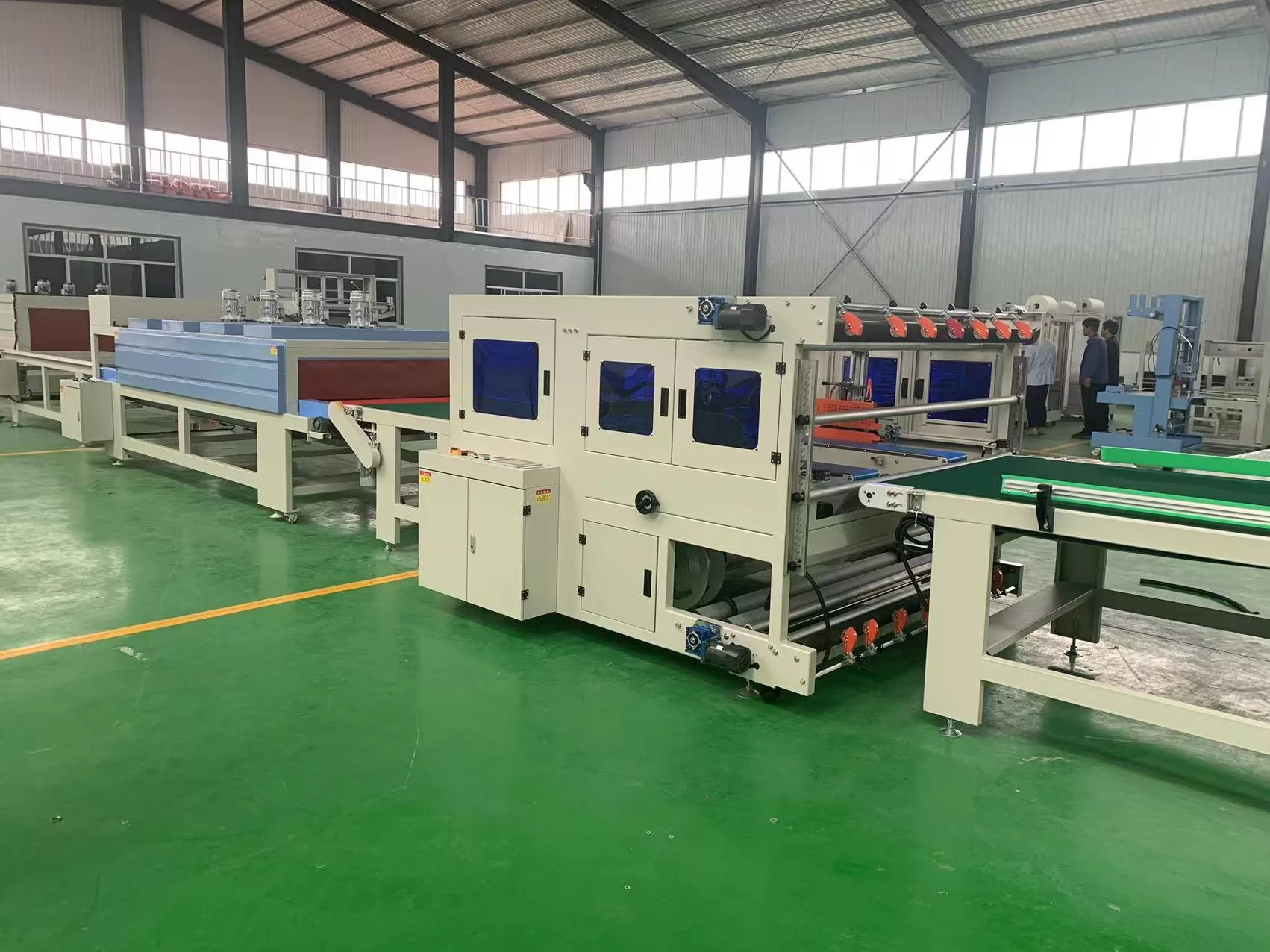5 Key Elements to Choosing the Best Packing Method for Doors

Introduction
In manufacturing and logistics, ensuring products like doors arrive at their destination in pristine condition is paramount. Damage during transit not only leads to costly replacements and repairs but can also erode customer trust. Doors, often being large, heavy, and susceptible to scratches, dents, or even structural damage, require robust and carefully considered packaging strategies. Selecting the most effective packing method—whether it involves shrink wrapping, protective layering, or corrugated solutions—is crucial for safeguarding the product, optimizing transport efficiency, and managing costs. This guide delves into the essential factors to consider when choosing the optimal solution for your door packing needs, ensuring your products are well-protected throughout their journey.
Key Factors to Consider in Door Packing
Choosing the right packing method isn't a one-size-fits-all decision. It requires careful evaluation of several elements specific to the door and the shipping context. Here are five critical factors:
1. Understand Door Type and Material Vulnerabilities
The foundation of any effective packing strategy lies in a thorough understanding of the door itself. Different materials and designs present unique vulnerabilities:
- Wooden Doors: Susceptible to moisture absorption (warping, swelling), scratches, and impacts. Hardwoods and softwoods may require different levels of surface protection. Engineered wood cores might have different needs than solid wood.
- Metal Doors (Steel, Aluminum): Prone to denting and surface scratches. Heavier steel doors require robust handling solutions, while lighter aluminum can be more easily damaged if not properly supported. Corrosion protection might be needed depending on the finish and environment.
- Glass Doors (Full or Partial): Highly fragile and sensitive to impacts and pressure points. Require significant shock absorption and edge protection. Tempered or laminated glass may have different requirements than standard panes.
- Fiberglass/Composite Doors: Generally durable but can still be scratched or chipped. Specific finishes might require careful surface protection.
- Custom/Decorative Doors: Often feature intricate details (carvings, mouldings, inserts) that are easily damaged. These high-value items demand meticulous packing with extra padding and support.
Analyzing these characteristics helps determine the necessary level of cushioning, moisture resistance, and structural support needed.
2. Evaluate Shrink Wrapping for Secure, Compact Protection
Shrink wrapping is a popular method, particularly for standard door types and volume production. It involves enveloping the door in a polymer plastic film (like Polyethylene or Polyolefin) and applying heat, causing the film to shrink tightly around the product.
- Benefits:
- Provides excellent protection against dust, dirt, and moisture.
- Secures loose components (like hardware or attached frames).
- Creates a compact unit, optimizing storage and shipping space.
- Relatively cost-effective for high-volume operations.
- Considerations:
- Offers limited protection against impacts, dents, or heavy pressure. Best suited for robust door materials or as part of a multi-layer system.
- Requires appropriate machinery for efficient application (heat tunnel or heat gun).
- Film quality (thickness/gauge, puncture resistance) is crucial for effectiveness.
- Often combined with corner protectors (cardboard or foam) underneath the film for added edge security.
3. Utilize Protective Wrapping for Fragile and High-Value Doors

When dealing with delicate materials like glass, fine wood finishes, or complex designs, enhanced protective wrapping is essential. This method prioritizes cushioning and shock absorption over sheer compactness.
- Common Materials:
- Bubble Wrap: Provides good cushioning against minor impacts and scratches. Available in various bubble sizes.
- Foam Sheeting (PE/PU Foam): Offers soft, non-abrasive surface protection and cushioning. Available in different thicknesses.
- Edge and Corner Protectors: Made from dense foam or heavy-duty cardboard, these are critical for protecting vulnerable edges and corners from impact.
- Corrugated Rolls/Sheets: Can be used as an intermediary layer for added rigidity and protection.
- Application: This often involves multiple layers, carefully applied to cover all surfaces, especially vulnerable areas like glass panels, raised mouldings, or edges. For glass doors, multiple layers of bubble wrap combined with rigid edge protectors are standard practice. Protective wrapping can be secured with tape or stretch wrap, or used as an inner layer before shrink wrapping or boxing.
4. Implement Corrugated Packaging and Palletizing for Bulk Shipments
For larger quantities or doors requiring more substantial structural protection, corrugated cardboard packaging, often combined with palletizing, is a highly effective approach.
- Corrugated Solutions:
- Full Boxing: Encasing the door entirely in a custom-sized corrugated box offers excellent protection against impacts, punctures, and stacking pressures.
- Corrugated Sheets/Trays: Used to separate stacked doors or provide additional layers of protection within a larger wrap or palletized unit. Board grade (single wall, double wall) should match the protection requirement.
- Palletizing:
- Doors are typically stacked vertically or horizontally on a pallet.
- Protective sheets (foam, corrugated) are placed between doors to prevent surface damage.
- The entire stack is secured to the pallet using strapping (poly or steel) and/or stretch wrap film.
- This method facilitates efficient handling with forklifts and stabilizes the load for transport, particularly beneficial for LTL (Less Than Truckload) or container shipping.
- Ensures easier loading/unloading and reduces manual handling risks.
5. Balance Cost Efficiency and Sustainability Goals
While maximum protection is ideal, cost and environmental impact are critical business considerations.
- Cost Factors:
- Material Costs: Shrink film is often cheaper per unit than extensive foam or custom corrugated boxes.
- Labor Costs: Automated shrink-wrapping lines can be faster than manual protective wrapping.
- Transport Costs: Compact packing (like shrink wrap) can save space and potentially reduce freight costs. However, inadequate packing leading to damage results in higher overall costs (replacement, returns, reputation).
- Sustainability Factors:
- Material Choice: Corrugated cardboard is often preferred for its recyclability and renewable sourcing. Options for recycled-content plastic films and foams are growing. Consider biodegradable or compostable alternatives where feasible.
- Reusability: Using reusable pallets and crates can significantly reduce waste in closed-loop systems.
- Minimization: Optimizing packaging design to use the minimum amount of material necessary without compromising protection is key.
Finding the sweet spot involves assessing the risk of damage versus the cost of protection and aligning with the company's environmental policies. A slightly higher investment in sustainable or more robust packaging might be cheaper in the long run by preventing damage and meeting customer expectations.
Conclusion
Choosing the best packing method for doors is a strategic decision that directly impacts product integrity, customer satisfaction, and operational costs. By carefully considering the specific type and material of the door (Factor 1), evaluating the benefits and limitations of methods like shrink wrapping (Factor 2) and protective wrapping (Factor 3), considering robust solutions like corrugated packaging and palletizing for volume (Factor 4), and balancing these with cost-efficiency and sustainability requirements (Factor 5), manufacturers and distributors can develop an optimized door packing strategy. A tailored approach ensures doors arrive safely, efficiently, and in alignment with both business needs and environmental responsibility.